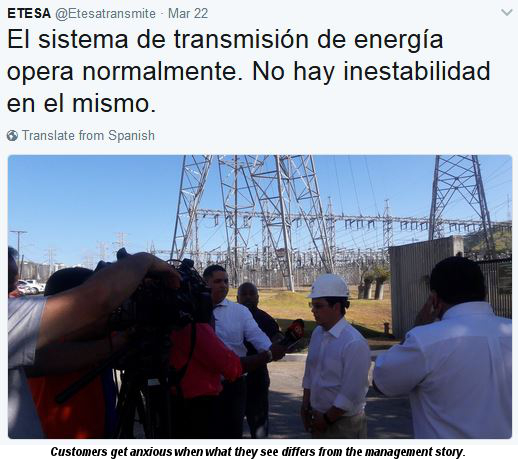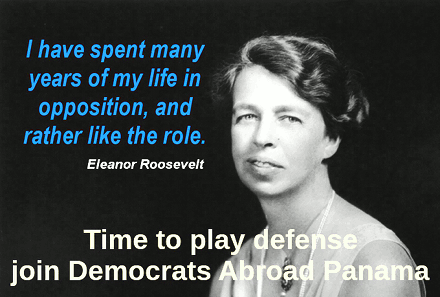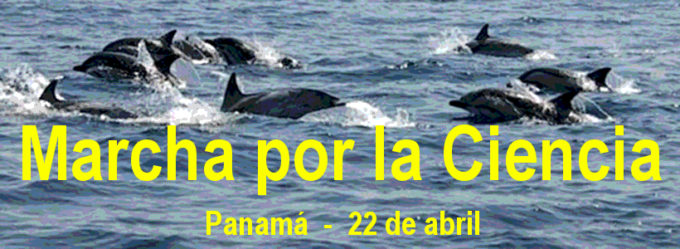Old song, electricity outages that are still with us.
Our power supply: worse than just exploding transformers
by Eric Jackson
Two major electrical outages resulting from transformer explosions at the Condado del Rey power routing station on March 17 and again on March 21 have had some far-reaching consequences and prompted some discomforting questions. The first outage left the Panama City – San Miguelito – Colon metro are without electricity for about 16 hours, and also turned out the lights in large parts of Nicaragua and most of Honduras. The second outage was not so severe but also blacked ou the whole metro area. Since then parts of the Interior that were not affected by the two explosions have been hit by a serious of shorter power outages, here in rural Cocle where most production on The Panama News happens sometimes several per day.
The problem is at ETESA, the state-owned power grid company that’s the one public remnant from the 1998 privatization of the old IRHE public electric company. ETESA buys power from private generators, distributes it across the country and via a Central American power grid connection to other countries, while the retail distribution and billing for electricity happens through another set of private power companies. The natural questions of how, why and who is responsible have arisen. The career of ETESA director Iván Barría Mock is the first and most noteworthy casualty. After a series of sometimes alarming public statements and admissions, he submitted his resignation. As of April 1 Óscar Rendoll, who has worked in the electrical industry for 41 years, including in the management of IRHE way back when, will take over as interim director.
In the wake of the first and biggest power outage, ETESA announced that things were not entirely back to normal but they were working on it. People were advised to conserve electricity, particularly by not running air conditioners during peak hours, in the meantime. Then after the second outage the power grid company first put out a Twitter message that everything was back to normal, followed by a statement by Barría warning of possible new outages. In statements that followed Barría warned of electricity cutoffs in areas that use a lot more energy than most other places. That latter bit was a big political problem, as so many of Panama City’s downtown office towers are designed around air conditioning to the point that opening windows to allow natural ventilation is not a viable option, and as the neighborhoods where the country’s richest residents live are also the places where residential electricity consumption is the highest.
At the grassroots, and particularly in the social media, allegations began to be made by activists. With a little time lag, many of these began to appear in the mainstream media. These were tales of political intrigue, conflicts of interest and flat-out incompetence. The explanations from Barría made things worse and the silence of the ETESA board — Minister of Economy and Finance Dulcidio De La Guardia, Minister of the Presidency Francisco Sierra and National Energy Secretary Víctor Urrutia — did nothing to reassure anybody.
ETESA and its board, like so much of the Panamanian government, has been on a political patronage rotation. Every five years the top people and many in the lower ranks are fired. Some of the people who are let go will be among those few who know how to run more than a small part of the system. Most of the replacements will be political activists or relatives of politically important people, but some will be professionals in the field, and some will be old hands who lost their jobs in previous political patronage shuffles. But the returning old pros will come back to a different team, with a system that has been physically changed and that relies on a different set of business relationships.
Typically contracts are also rescinded, renegotiated or reassigned in every transition. Because of the extreme abuses of the Martinelli years, the transition at ETESA was all the more severe.
So who is Iván Barría? A competent engineer by looking at his resume. But also the brother of Aurelio Barría Mock, the executive vice president of Grupo Motta, the family-owned combine that’s the nation’s biggest private economic power. The Motta family sponsored the Independent Movement (MOVIN), the support of which was a key factor in Juan Carlos Varela’s election to the presidency. But lately MOVIN and President Varela have had a falling out over a number of issues and it has resulted in something of a government shuffle not caused by Varela reviewing situations and deciding to make changes but by people who are not Panameñista Party loyalists leaving posts in the current administration.
Among the contracts quickly rescinded once Barría took the helm of ETESA was the maintenance contract for the Condado del Rey power station. That was in 2014. However, no new maintenance contractor was employed and critics say that there were no proper adjustments to do that work in-house.
One of the Martinelli-era contracts that was revised, in 2015, was a provision of the deal with Odebrecht that allowed the company to negotiate and settle eminent domain claims for the long-planned ETESA Line 3. The corrupt Brazilian company stood to receive a percentage of all such settlements after an aggregate of $7 million was passed. The contract was modified to require ETESA approval of any settlement. It is said by critics that had Line 3 been in place the load on the transformers that exploded would not have been so great and the outages caused by their failure would not have been so extensive. But this power line has been tangled up in litigation, with lawyers taking their bites. (Have real estate speculators bought land along the route, based on inside information?) It’s a mess, with fingers being pointed in various directions for the slow progress.
Meanwhile almost all of the transformers and other equipment at the Condado del Rey facility are by ordinary ratings old, at 75 percent or more of their ordinary useful life expectancy. People can argue about whether that’s Panamanian maintenance culture or the habit of enterprises everywhere that live hand-to-mouth.
In any case, important organizations like the Panamanian Society of Engineers and Architects (SPIA) and the Chamber of Commerce have demanded that ETESA be put back in order, with various recommendations about how that should be done. Changes in the ETESA contracting system are suggested in most of the offered remedies.
One of the complaints that Barría had lodged, echoed by some of the business critics, is that ETESA has to go through government contracting procedures and these are too slow. But in 2015, a decision to move away from primary reliance on hydroelectric power in the direction of gas-fueled electricity generation was jammed through in just a few days. That contract, set to go into effect next year, was made without any real opportunity for environmentalists or others to object to its carbon emission and thus climate change implications. Competing bidders also complained about the almost nil evaluation process — three days to evaluate 27 offers. The winner there? Gas Natural del Atlantico (GNA) got a 10-year contract to generate 350 megawatts of power to be distributed through ETESA. And who is GSA? It’s a partnership between the US-based AES and Grupo Motta. At the time Iván Barría denied that there was any conflict of interest involved in his brother being VP of Grupo Motta.
Panama has no general conflict of interest law. National and international anti-corruption groups have been advocating one for many years.
President Varela has announced an audit of ETESA management decisions. Apart from that the National Public Services Authority (ASEP) says that it will hire an independent investigator to assign blame and recommend solutions in the wake of the power outages. And the president urges the public to conserve energy and show some patience in the several weeks that he expects it to take for the damages from the two blackouts to be repaired.
~ ~ ~
These announcements are interactive. Click on them for more information.












